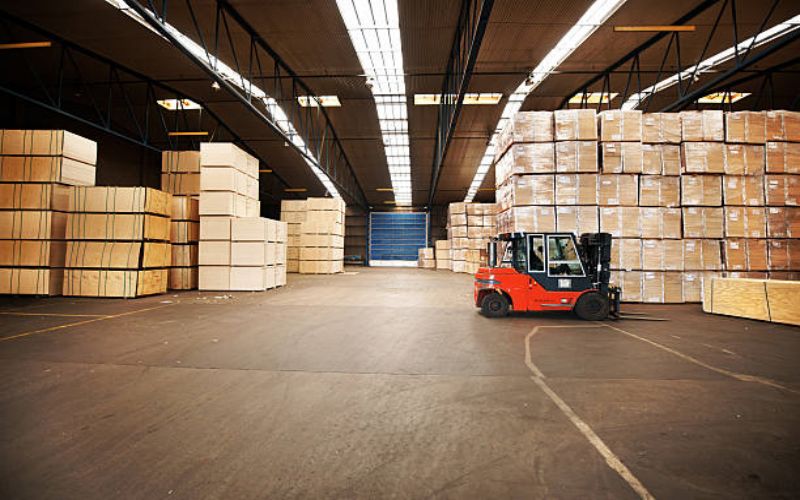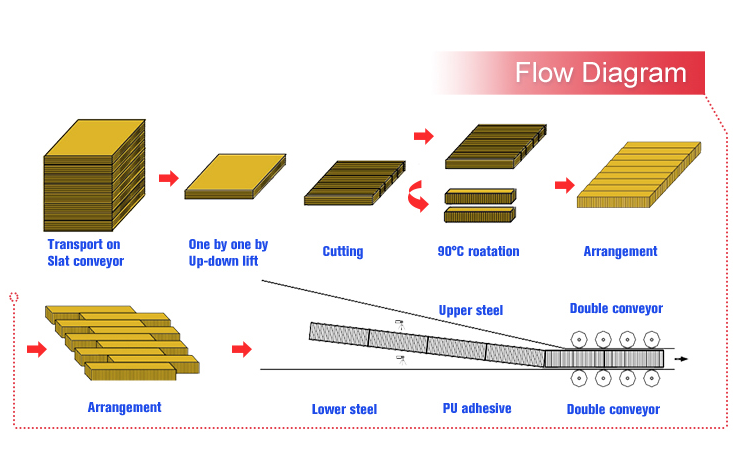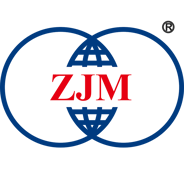Table of Contents

Increased Efficiency and Productivity
A stacking machine offers numerous benefits when integrated into your production line. One of the key advantages is the significant increase in efficiency and productivity. By automating the stacking process, you can eliminate the need for manual labor, reducing the chances of errors and delays. The machine can handle a large volume of stacking tasks in a shorter period, allowing your production line to operate at a higher speed and meet tighter deadlines.
Improved Safety Measures
Integrating a stacking machine into your production line can greatly enhance safety measures. Manual stacking tasks often involve heavy lifting and repetitive motions, which can lead to worker fatigue and injuries. By automating the stacking process, you minimize the risk of accidents and ensure the well-being of your employees. The machine is designed with safety features, such as sensors and emergency stop buttons, to prevent any potential hazards.
Consistent and Accurate Stacking
Ensuring consistent and accurate stacking is crucial for maintaining product quality and customer satisfaction. A stacking machine is equipped with advanced technology that allows it to stack items precisely and uniformly. It eliminates the variability that may occur with manual stacking, such as uneven stacking heights or misaligned products. By maintaining a consistent and accurate stacking pattern, you can enhance the overall appearance of your products and improve their marketability.
Reduced Labor Costs
Integrating a stacking machine into your production line can lead to substantial cost savings in terms of labor. Manual stacking tasks often require a team of workers, which can be expensive in terms of wages, benefits, and training. By automating the stacking process, you can significantly reduce the number of workers required and allocate your resources more efficiently. This cost-saving measure allows you to invest in other areas of your business and improve your profitability.
Flexibility and Customization
A stacking machine offers a high level of flexibility and customization options to cater to your specific production needs. It can be programmed to stack items of different sizes, shapes, and materials. Whether you are dealing with boxes, bags, or other types of products, the machine can adapt to accommodate your requirements. This flexibility allows you to easily switch between different stacking patterns and adjust the machine settings based on your production demands.
Space Optimization
Space optimization is a significant advantage of integrating a stacking machine into your production line. Manual stacking often requires a large area for workers to maneuver and stack items. By automating the process, you can minimize the space needed for stacking, as the machine is designed to efficiently utilize the available area. This not only maximizes your production floor space but also allows for better organization and layout of your production line.
Minimized Product Damage
Product damage can occur during the stacking process if not handled carefully. Manual stacking may involve accidental drops, collisions, or improper placement of items. By integrating a stacking machine, you can minimize the risk of product damage. The machine is programmed to handle items gently and with precision, reducing the chances of mishandling or dropping. This helps preserve the integrity of your products and minimizes financial losses due to damaged goods.
Streamlined Workflow
A stacking machine plays a crucial role in streamlining your production workflow. It eliminates the need for manual stacking, allowing your workers to focus on other important tasks. This leads to a more efficient and organized workflow, as the stacking machine seamlessly integrates with the rest of your production line. By automating the stacking process, you can achieve a smoother production flow and eliminate bottlenecks that may occur with manual labor.
Improved Product Traceability
Integrating a stacking machine into your production line can enhance product traceability. The machine can be equipped with tracking systems that record important information, such as the time and date of stacking, batch numbers, or product codes. This data can be used for quality control purposes, inventory management, or compliance with regulatory requirements. Improved product traceability allows for better traceability throughout the supply chain and ensures transparency in your production processes.
Enhanced Overall Efficiency
Overall, integrating a stacking machine into your production line leads to enhanced efficiency across various aspects of your business. It improves the speed and accuracy of stacking tasks, reduces labor costs, optimizes space utilization, minimizes product damage, and streamlines your workflow. By achieving a higher level of efficiency, you can meet customer demands more effectively, increase your production capacity, and ultimately drive greater profitability for your business.

